Traveling alone for the first time? Yeah, it can feel a little scary, but honestly, it’s one of the most rewarding things you’ll ever do. You get to decide everything—where to go, what to see, whether to sleep in or drag yourself up for that sunrise.
Planning ahead really matters for first-time solo travelers. Do your research, book your stays before you go, and always have a backup plan tucked away just in case.
Taking that first leap into solo travel can open doors you never even saw before—new friends, confidence, and a side of yourself you might not have met yet. Start with a place that feels manageable; maybe somewhere with good tourism infrastructure or where you understand the language.
Trust your instincts. Don’t hesitate to chat with other travelers or locals; honestly, some of the best moments come from those random conversations.
Key Takeaways
- Pick solo-friendly destinations with solid safety records and good infrastructure for your first trip alone.
- Pack light, stay in touch with people back home, and listen to your gut when making choices on the road.
- Find a balance between planning and leaving space for those spontaneous adventures that make solo travel so memorable.
Why Travel Alone For The First Time?
Your first solo trip might just change your life. It’ll push you out of your comfort zone and hand you the freedom to explore the world exactly how you want.
Benefits Of Solo Travel

Solo travel lets you do what you want, when you want. No need to compromise on which museum to visit or where to eat—every decision is yours.
You’ll gain confidence, too. When you figure out a subway system or order food in a language you barely speak, you start to realize you’re capable of more than you thought. Those little wins add up, and suddenly, you’re braver in everyday life.
People are more likely to approach you when you’re alone. It sounds odd, but it’s true—locals and fellow travelers often strike up conversations when you’re solo.
Being by yourself in a new place gives you a chance to reflect. You might discover what actually matters to you.
Common Myths And Misconceptions
People love to say solo travel is lonely. But honestly? You’ll probably meet more people than if you were with friends. Hostels, walking tours, and travel apps make meeting others pretty easy.
Some folks claim solo travel is dangerous, especially for women. Sure, you need to be smart and cautious, but most popular destinations are quite safe. Research neighborhoods, avoid wandering late at night, and you’ll be fine.
Another myth: solo travel is expensive. Actually, you can save money by picking budget options that work for you—no need to compromise.
Worried you’ll get lost? With today’s tech, navigation and info are always in your pocket.
Choosing The Right Time And Place
For your first solo trip, pick somewhere that feels right. Destinations with good infrastructure and familiar language help ease you in. Ireland, New Zealand, and Portugal are solid choices.
Think about the season. Shoulder seasons—spring or fall—usually mean fewer crowds, better prices, and nice weather. Your first solo trip doesn’t have to be long; even a weekend can boost your confidence.
Put safety first. Look up destinations with low crime and decent healthcare. Solo travel Facebook groups are great for recommendations from people who’ve actually been there.
If you’re nervous, start small. Try a domestic trip before heading abroad. Sometimes just exploring a new city at home is enough to get started.
Planning Your Solo Adventure
Planning your first solo adventure is exciting, but it can feel like a lot. Careful research and a bit of prep go a long way in making your trip smoother.
How To Choose Your Destination
When you’re picking your first solo spot, look for places known to be friendly to solo travelers. Portugal, Thailand, Bali—these places have good infrastructure and lots of other folks traveling alone.
Start with a short trip. No need to fly across the world for a month right away. Try a weekend or a few days closer to home to see how you like it.
Find places that are safe, offer activities you actually care about, and have a culture you’re interested in. Cities with walkable centers and solid public transit are great for solo newbies.
Think about the language barrier. Sure, challenge is good, but if you’re worried about communication, you might want to avoid places where it’s really tough to get by.
Researching Safety And Local Customs

You can’t skip safety research. Check government travel advisories and read what other solo travelers—especially those similar to you—have said recently.
Learn about local customs, how to dress, and what scams to watch for. Blending in helps you avoid unwanted attention. What’s normal at home might be weird or even rude elsewhere.
Jump into forums and search for flights and accommodations with strong safety reviews from fellow solo travelers. Accommodations with 24-hour reception in busy, well-lit areas are your best bet.
Make digital copies of your important stuff. Share your itinerary with someone you trust. Get travel insurance that covers emergencies and cancellations.
Creating An Itinerary
Keep your itinerary flexible. Plan a few must-dos, but leave space for spontaneous finds. Over-planning can burn you out, but winging it completely can leave you lost.
Start your day with one main activity, then see where things go. Have a backup list for when you’re feeling indecisive or a bit lonely.
Figure out transportation before you go. How will you get from the airport to your hotel? Are taxis, buses, or trains reliable? Download offline maps and translation apps before you leave home.
Add a few group activities like cooking classes or walking tours. These give you a chance to meet people while keeping your independence. Sometimes a little social time is just what you need.
Schedule regular check-ins with someone back home for peace of mind.
Booking Accommodation For Solo Travelers
Where you stay can make or break your solo trip. Your accommodation affects your budget, your safety, and how easy it is to meet people.
Hotels Versus Hostels
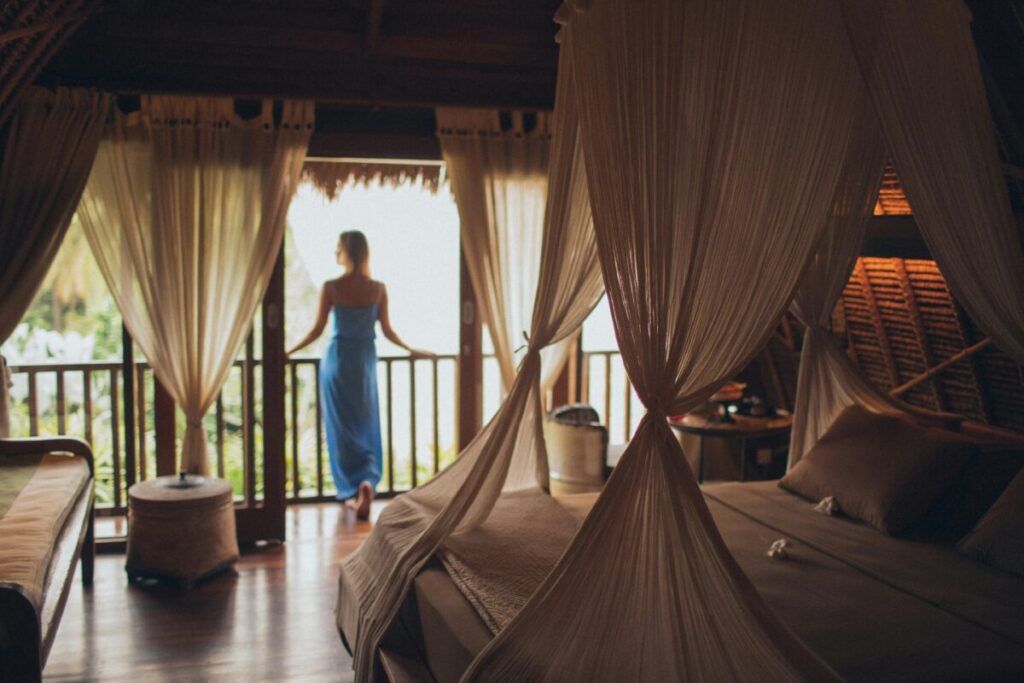
Hotels give you privacy and security—a lot of first-timers like that. You get your own space and usually some nice amenities, but you’ll pay more.
Hostels are usually cheaper and way more social. You’ll share dorms with other travelers, sometimes for as little as $15-40 per night. If you need alone time, lots of hostels offer private rooms.
The best part about hostels? Built-in social life. Common rooms, group activities, even shared kitchens make it easy to meet new friends. For safety, stick to hostels with good reviews, lockers, and female-only dorms if you want.
I’ll admit, I was nervous about my first hostel stay, but I ended up making friends I still talk to years later.
Using Airbnb And Short-Term Rentals
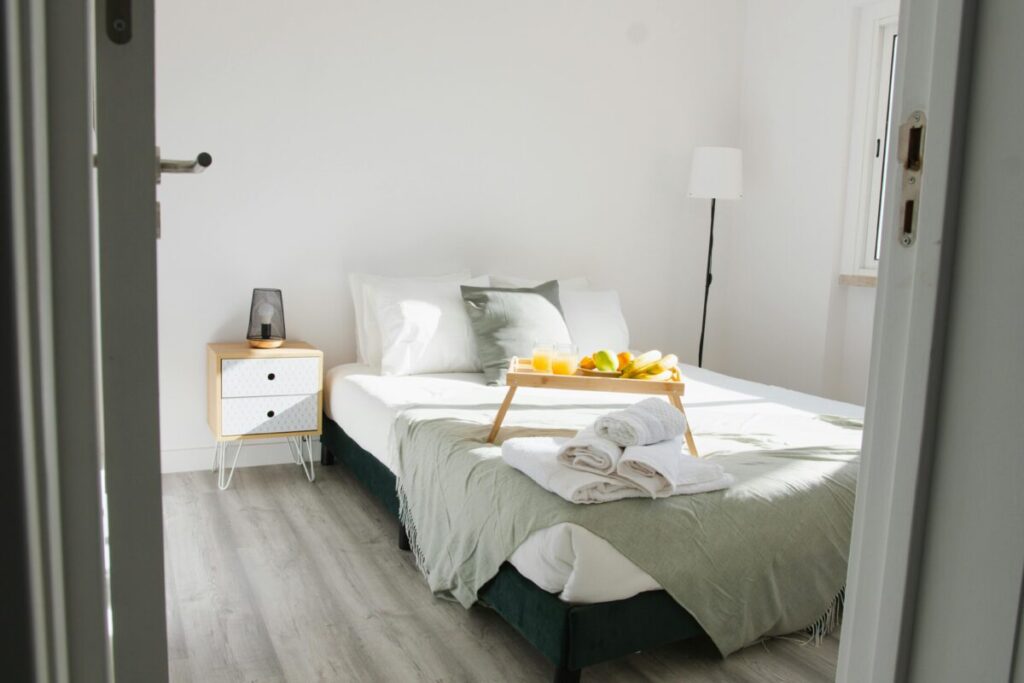
Vacation rentals give you a taste of local life with privacy. Airbnb and similar sites let you rent anything from a spare room to a whole apartment.
Check the host’s reviews and response rate before booking. Good hosts answer quickly and post lots of clear photos. For safety, I always pick places with plenty of positive reviews.
Making your own meals helps you save money and get a feel for local markets. Cooking at your rental connects you with the culture and keeps your budget happy.
Private rentals work best if you’re happy being independent. They’re perfect when you need to recharge after a busy day.
Trying Couchsurfing And Alternative Stays

Couchsurfing is the ultimate budget option—it’s free! Locals host you on their couch or in a spare room, and you get to see the place through their eyes.
Safety matters a lot here. Only stay with hosts who have lots of positive references, a complete profile, and verified ID. If something feels off, trust your gut and have a backup plan.
Other alternatives include homestays, house-sitting, and volunteer exchanges where you work a bit in exchange for a bed. You might get meals and some cool cultural experiences.
You’ll have less privacy and independence in these setups. You’re a guest in someone’s home, after all. But for many solo travelers, these genuine connections turn out to be the best part of the trip.
Solo Female Traveler Considerations
Traveling alone as a woman has its own set of challenges, but the rewards are huge. The world feels different when you’re exploring it solo, and with a little prep, you can have amazing, safe adventures.
Safety Tips For Women Alone

Before you book anything, research your destination thoroughly. Check out safe neighborhoods and read reviews from other women who’ve been there. If something feels off, don’t ignore your instincts.
Share your plans with someone you trust. Apps like Find My Friends or WhatsApp location sharing help someone back home keep an eye out for you.
Don’t give out your accommodation details to strangers. When you check in, try not to announce you’re alone if others are listening.
Dress to blend in with local customs. Sometimes a simple fake wedding ring can help avoid unwanted attention.
Join walking tours or group activities at first to meet people. You might just find a dinner buddy or someone to explore with.
Empowering Experiences
Solo travel gives you a confidence boost you just can’t get any other way. Making your own plans and choices lets you figure out what you actually like.
Push yourself a bit on every trip. Maybe it’s ordering in another language or figuring out a city’s bus system. Every little win makes you braver.
Keep a journal. Writing down your thoughts helps you process everything you’re experiencing.
Connect with local women—cooking classes, workshops, or women-only tours are great for this. You’ll get cultural insights and a comfortable space.
Support female-run businesses while you’re traveling. More cities now have women-owned hostels, tours, and cafes that make solo female travelers feel right at home.
Packing And Preparing For Your Journey
Getting ready for solo travel means packing smart and planning ahead. You want to bring what you need, but keep it light enough to handle on your own.
Essentials For Solo Travel
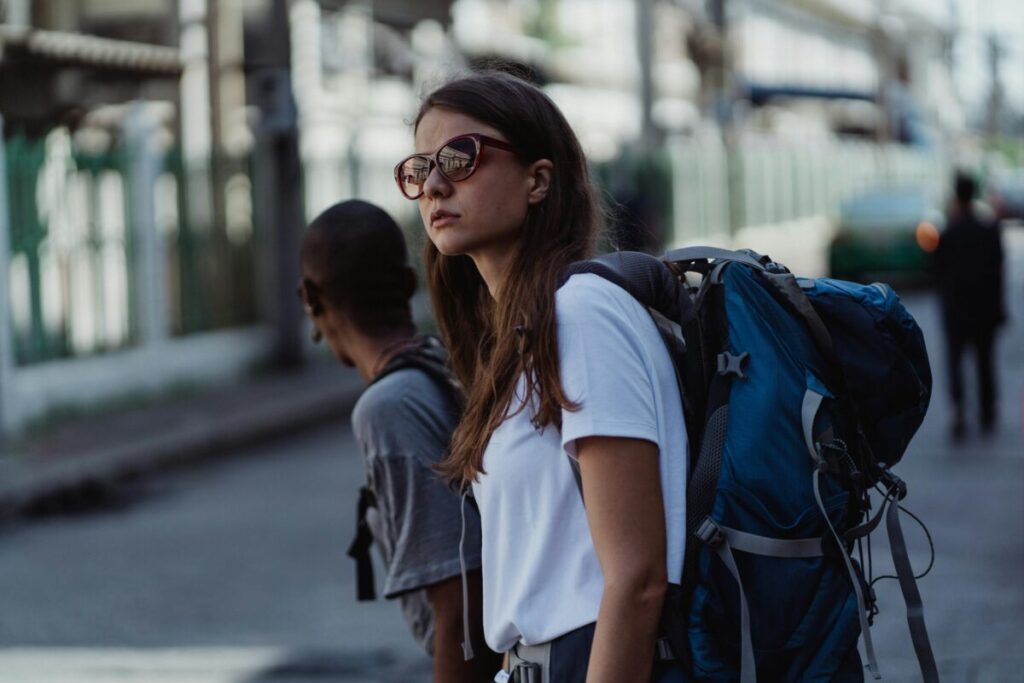
Go with a small suitcase or backpack—carry-on size is perfect. It forces you to pack light, and you won’t be dragging a heavy bag everywhere.
Make a checklist of the real essentials: clothes you can layer, comfy shoes, basic toiletries. Toss in a packable first aid kit with band-aids, painkillers, and your meds.
Don’t forget your electronics—phone, charger, adapters, maybe a portable battery. A doorstop for hotel rooms is a small thing that can help you feel safer.
Bring an empty water bottle. Fill it up after airport security or anytime during your trip. It saves cash and cuts down on plastic waste.
Travel Insurance And Documents
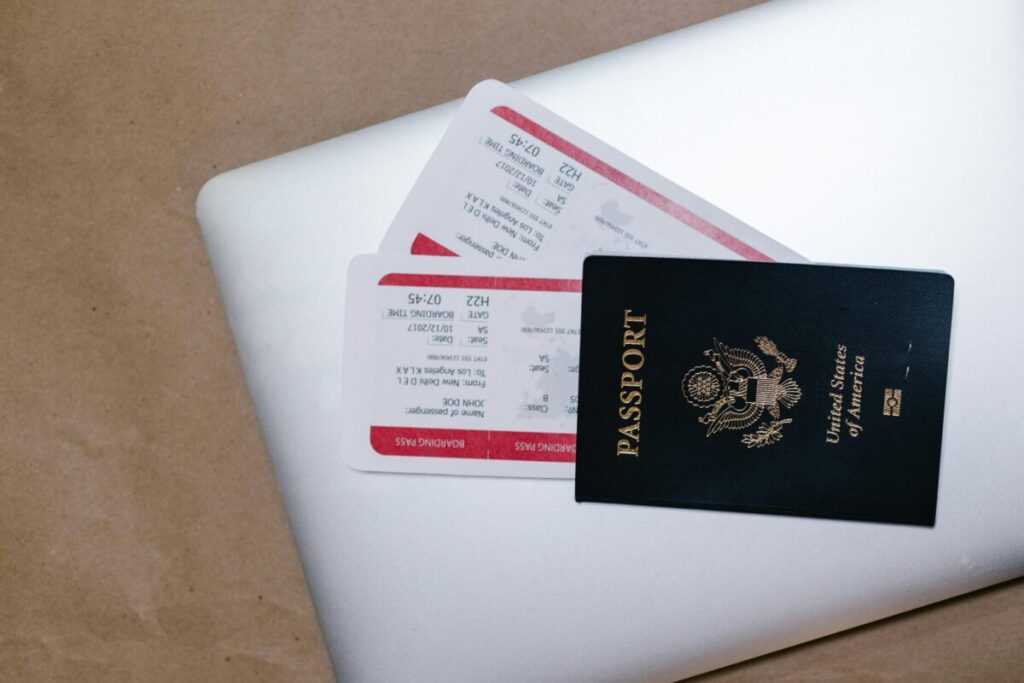
Seriously, don’t skip travel insurance. If you get sick or something goes wrong, you’ll be so glad you have it. Look for coverage for medical emergencies, cancellations, and lost bags.
Make digital and paper copies of your important documents—passport, visa, insurance, and itinerary. Keep digital ones in the cloud and email them to yourself. Store the paper copies somewhere separate from the originals.
When backpacking, use a money belt or hidden pouch for your passport and extra cash. Leave flashy jewelry at home.
Let your bank know you’ll be traveling so your cards don’t get blocked. Download your banking apps and jot down international support numbers before you go.
Navigating Transportation As A Solo Traveler
Getting around a new place alone can be intimidating, but with a little prep and the right tools, you’ll get the hang of it quickly.
Getting Around With Public Transportation
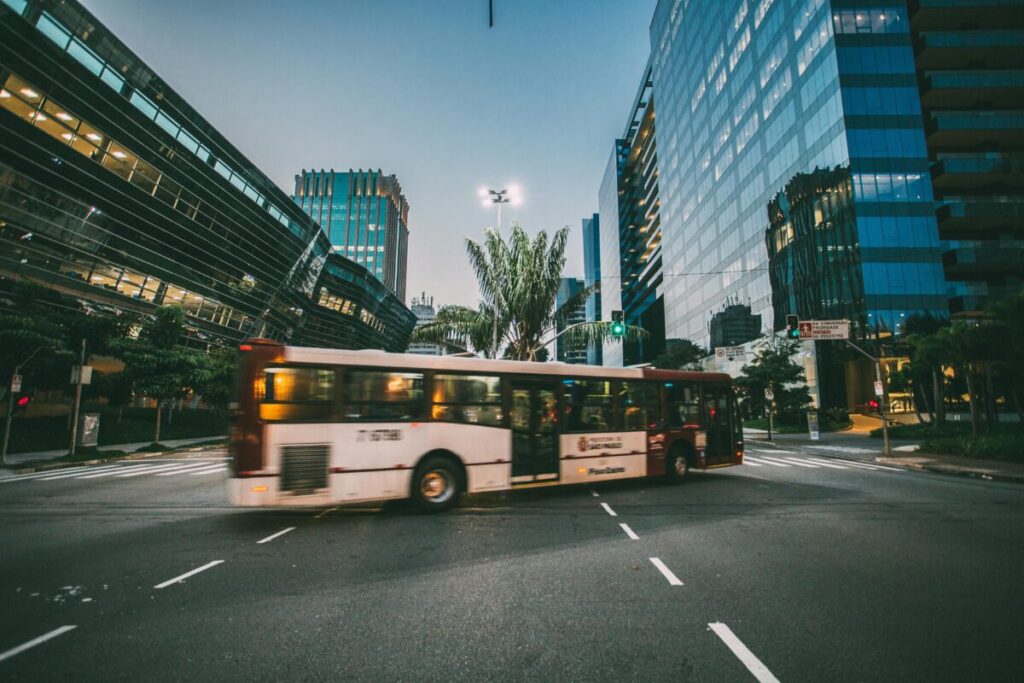
Public transit is usually the cheapest and easiest way to see a city. Before you leave, look up the local options and download apps like Citymapper for routes, schedules, and directions. Many cities have tourist passes for unlimited rides—these can save you money and hassle.
When you’re on buses or trains, try to travel during daylight. Keep your valuables close and stay aware of your surroundings. I usually sit near the driver or next to other passengers.
Practice using public transit at home before your trip. It’ll help you get used to reading maps and schedules. When you arrive, grab a paper map just in case your phone battery dies.
Using Rideshares And Taxis
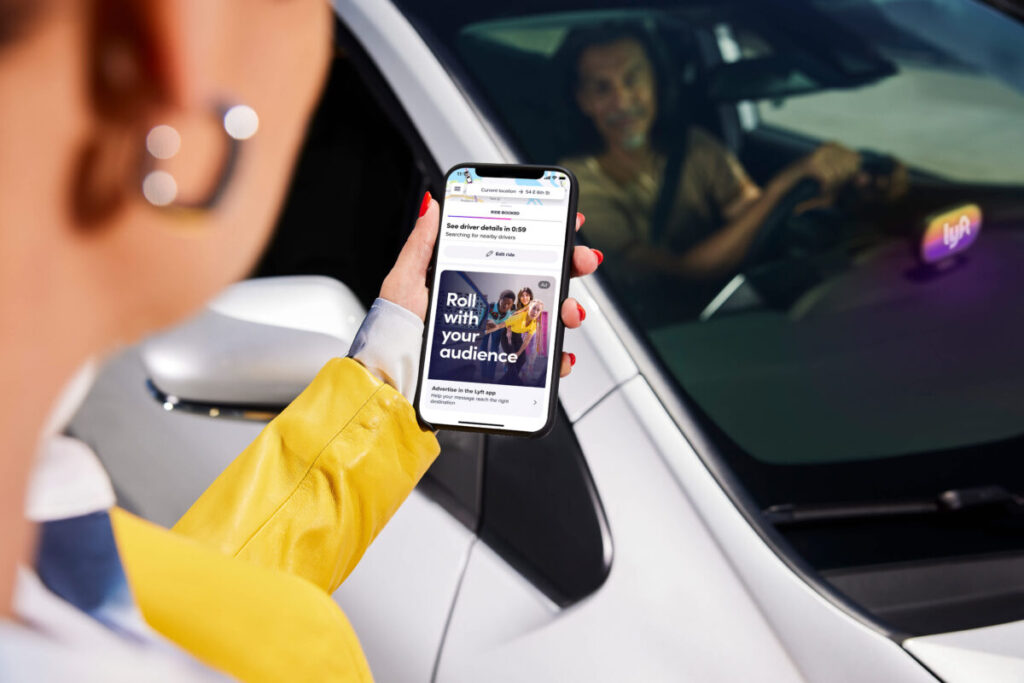
Rideshare services like Uber and Lyft really save the day when you’re exhausted, it’s late, or public transit just isn’t cutting it. Before you travel, check which rideshare apps work at your destination and set them up before you leave home.
If you need a taxi, try to use official stands and check for proper identification on the vehicle. Ask about the fare before you get in, or make sure they’ll use the meter. Lots of hotels can set up taxis for you, which feels a bit more secure.
Share your ride details with someone you trust. Most apps let you share your trip status, but you can always text a friend your driver’s info and estimated arrival time. Trust your gut here—if a driver or car doesn’t feel right, just skip it.
For early morning flights, I always book transportation the night before. It’s one less thing to worry about and you won’t be scrambling for a ride while half-asleep.
Meeting People And Socializing While Alone
Traveling solo doesn’t mean you have to feel lonely. There are so many ways to meet interesting people and sometimes even make friends for life.
Finding Guided Day Trips

Joining guided day trips is honestly one of the easiest ways to meet other travelers. These tours attract people with similar interests, so conversation just happens naturally.
Look for free walking tours in city centers—they’re usually run by locals who know all the hidden spots and quirky stories. You’ll meet both travelers and get to see the city through a local’s eyes. Plus, you pay what you think the tour was worth, which is pretty cool.
Adventure tours like hiking, food tastings, or historical walks are also great for meeting people. When you share experiences like climbing a mountain or trying weird foods, it’s easy to bond quickly.
Book smaller group tours if you can. With fewer people, you get more chances to talk to everyone, not just the person sitting next to you.
Tip: Ask your tour guide for local recommendations. They usually know about events or places that don’t show up in guidebooks!
Connecting Through meetup.com And Local Events
Meetup.com is a goldmine for solo travelers. You can find gatherings for almost any interest you can think of.
Search for events during your stay—language exchanges, hiking groups, photography walks, you name it. These activities bring together people who share your hobbies, so conversations flow more easily.
Many cities have Facebook groups for travelers or expats, too. People post about meetups or look for company to explore with. Just search “[City name] travelers” or “Expats in [City]” and see what pops up.
Local events like festivals, concerts, or markets are perfect for striking up conversations. People are usually in a good mood and more open to chatting.
Pro tip: Don’t worry about going to events alone! Lots of people do, and solo attendees are often more approachable.
Making Friends In Hostels

Hostels are basically designed for travelers to meet each other. Even if you prefer a private room, the common spaces are where the magic happens.
Pick hostels with good reviews for their social vibe or ones that host events. Many organize dinners, pub crawls, or movie nights, so it’s easy to jump in.
Hang out in the common areas instead of hiding in your room. Bring a book or your laptop to shared spaces—it makes it easier for others to start a conversation. The hostel kitchen is especially good for this; offer to share food or ask for cooking tips.
Join the hostel’s WhatsApp groups or check their bulletin boards for activities. Travelers often organize day trips and are happy for others to join.
Most people in hostels want to meet others, too. A simple “Where are you from?” or “Got any recommendations?” can open up a great chat.
Eating Out And Enjoying Dining Alone
Dining solo can actually be one of the best parts of traveling, if you embrace it. A lot of travelers worry about looking awkward, but with a few tricks, eating alone turns into a highlight.
Choosing Restaurants And Cafes
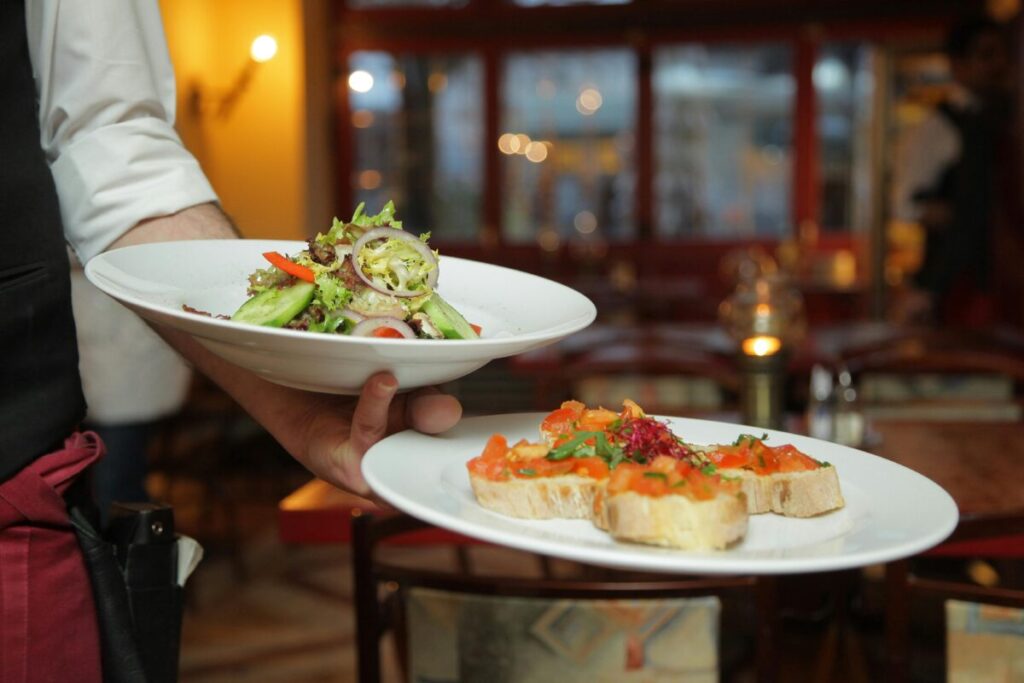
Look for places with bar or counter seating—it’s way less awkward for solo diners, and sometimes you end up chatting with bartenders or other travelers. I’ve made a couple of friends this way!
Check reviews for solo-friendly vibes. Yelp or TripAdvisor sometimes mention if a spot is good for solo diners.
If you’re nervous, try eating during off-peak hours. Lunch is usually more relaxed and restaurants aren’t as busy.
Food halls and street markets are perfect for solo travelers. You can try lots of things without committing to a full meal.
Don’t avoid nicer restaurants just because you’re alone. Upscale places are used to solo business travelers, so you won’t stand out.
Handling Social Situations
Bring something to do while waiting for your food—a book, a journal, or even planning your next day helps you feel relaxed.
Sit at the bar if you’re open to chatting. It’s the easiest place to talk to staff or other solo diners without any pressure.
Ask for recommendations! Servers usually appreciate it and might share some insider tips.
Food tours or cooking classes are great alternatives to eating out alone. You’ll meet other travelers and try local dishes at the same time.
Don’t just stare at your phone the whole time. People-watching is part of the fun, and honestly, nobody’s judging you as much as you think.
Documenting And Reflecting On Your Solo Trip
Capturing memories from your solo adventure lets you relive those moments and share them with others. It also helps you process what you’ve learned about yourself along the way.
Keeping A Travel Journal

A travel journal is your personal space to jot down thoughts, feelings, and discoveries. Pick a small notebook that fits in your bag so you can write whenever inspiration hits.
Don’t stress about perfect writing. Just capture what stands out—the taste of a dish, a funny conversation, or the feeling of watching a sunset by yourself.
Add little mementos like ticket stubs, pressed flowers, or quick sketches. Those small details make your journal way more special when you look back.
Set aside 10–15 minutes each evening to reflect on your day. That quiet time can become a favorite routine and helps you notice what brings you joy when you travel solo.
Sharing Experiences Online
Sharing your solo travel online connects you with fellow travelers and lets friends and family follow along. You might start a simple blog or just use social media for updates.
Focus on real moments, not just perfect photos. Maybe you got lost but found an amazing bakery, or felt lonely but then made friends at a hostel.
Be mindful about privacy and safety. Wait until you’ve left a place before posting about it, and think about who can see your updates.
Remember, you don’t have to share everything! Sometimes the most meaningful experiences are the ones you keep for yourself. Find your own balance between documenting and just being present.
Essential Tips For A Successful First Solo Trip
Solo travel can be one of the most rewarding adventures if you prepare and keep the right mindset. These tips should help you enjoy the ups and handle the inevitable challenges.
Staying Flexible And Open-Minded
Flexibility is probably the most valuable skill for solo travelers. Plans change, trains get delayed, and hostels fill up. Always keep a backup plan for accommodation and transport.
Say “yes” to new experiences that you might normally skip. My best travel memories often come from accepting last-minute dinner invites or joining day trips with people I just met.
Download offline maps before you arrive. This step has saved me so many times when my phone lost signal in a new city.
Pack light! Seriously, you’ll be grateful when you’re navigating public transit or walking to your hotel. Lay out everything you think you need, then take out half.
Morning rituals help ground you. I like to start with a local coffee while I plan my day—it gives me a sense of direction.
Dealing With Challenges
Every solo traveler hits a wall sometimes. When you feel overwhelmed, just pause and tackle things one step at a time. Most travel hiccups end up as funny stories later.
Trust your intuition about safety. If something feels off, just leave. Keep emergency contacts handy, including your country’s embassy info.
Homesickness can sneak up on you. Fight it by checking in with loved ones, but try not to spend your whole trip on video calls.
Language barriers are annoying but rarely impossible. Learn a few key phrases before you go, and use translation apps when you need them. Pictures and gestures work wonders.
Budget mishaps happen. Always keep an emergency fund separate from your main money. I stash $100 in my toiletry bag as backup cash.
Frequently Asked Questions
Solo travel brings up a lot of questions! From packing to safety, there’s a lot to figure out before you take the leap. Here are some of the most common questions first-time solo travelers ask, along with my honest answers.
What should I pack for my first solo travel adventure?
Pack light! I can’t say it enough. A carry-on and a daypack usually work for trips up to two weeks. Bring clothes you can mix and match.
Don’t forget a universal adapter, portable charger, and a small first aid kit. I always recommend packing a photocopy of your passport and storing digital copies in the cloud.
Comfort items like a travel pillow and earplugs make a big difference, especially on long journeys. And bring a good book or download shows for those quiet solo moments.
Are there any recommended destinations for first-time solo travelers?
Countries like Portugal, Japan, New Zealand, and Ireland are fantastic for beginners. They’re safe, locals are friendly, and the tourist infrastructure is solid.
Cities like Copenhagen, Vancouver, and Singapore are also great picks. They’re walkable, have good public transport, and English is widely spoken.
If you can, start somewhere you speak the language. It just makes everything easier and lets you focus on enjoying the trip.
What safety precautions should I take when traveling alone?
Always share your itinerary with someone back home. Regular check-ins help everyone feel better.
Trust your gut. If something feels off, leave. There’s no shame in playing it safe.
Try not to arrive at new places late at night. Book your first night’s accommodation ahead so you’re not wandering around with luggage after dark.
Keep your valuables secure with a money belt or anti-theft bag. Split up your cash and cards rather than keeping everything in one spot.
How do I manage feelings of loneliness or anxiety when traveling solo?
Stay present instead of worrying about what might go wrong. Mindfulness techniques can help if you start to feel overwhelmed.
Create a daily routine that includes something familiar. Maybe it’s morning coffee and journaling, or an evening walk to unwind.
Connect with home when you need to, but don’t spend your whole trip glued to your phone. Balance is everything.
Pack noise-canceling headphones and a few comforting things from home. Sometimes a favorite podcast or playlist is all it takes to feel grounded.
What are some strategies for meeting new people while traveling alone?
Stay in social places like hostels or boutique hotels with common areas. Lots of them have organized activities where you’ll naturally meet people.
Join free walking tours in new cities. They’re great for getting your bearings and meeting others with similar interests.
Use apps like Meetup or Couchsurfing Events to find local gatherings. Language exchanges are especially good for meeting residents who want to practice English.
Take classes tied to local culture—cooking, dancing, or art workshops attract both travelers and locals. I’ve made some lasting friendships learning to make pasta in Italy!
How do I plan my itinerary when embarking on a solo trip?
Honestly, don’t overplan. Leave space for those random adventures and moments you can’t predict. I usually stick to just one big thing per day—keeps it simple.
Look up transportation options ahead of time. Figuring out how to get from the airport to wherever you’re staying can save a lot of hassle when you first arrive.
Give yourself rest days between the busier sightseeing days. Traveling solo can wear you out mentally, and you’ll probably enjoy things more if you’re not running on empty.
Instead of a super detailed schedule, I’d go for a loose framework. Jot down what you’d like to see, but don’t lock yourself in—sometimes you just want to go with the flow, right?
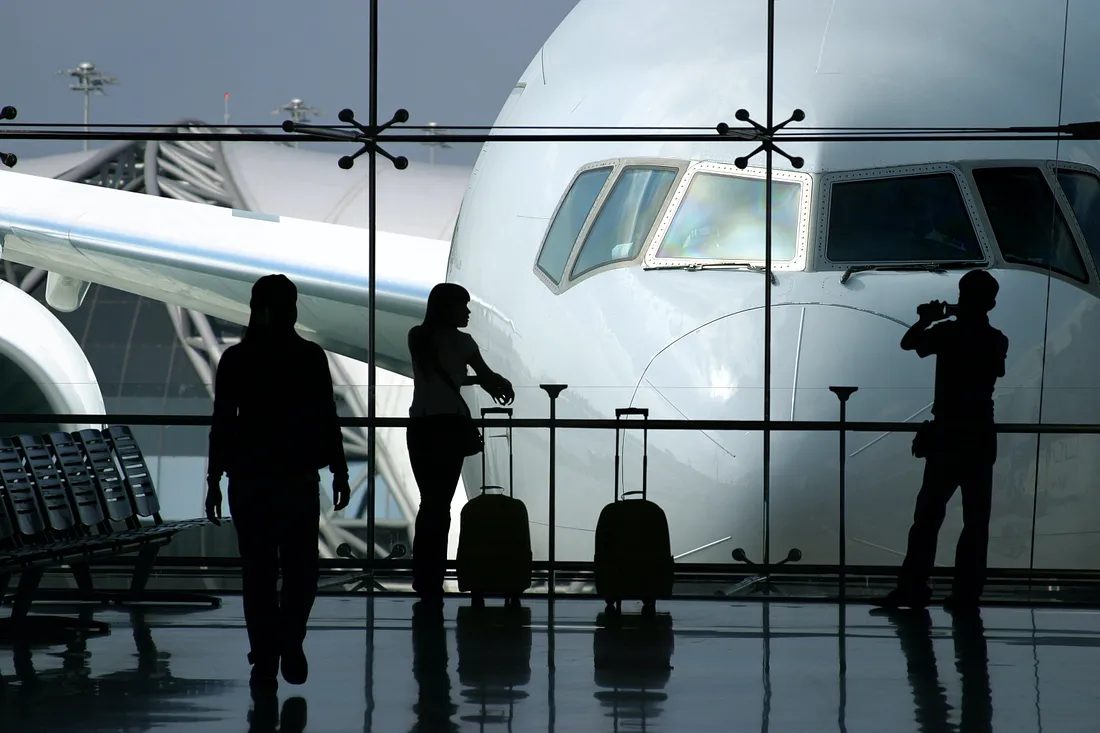
Leave a Reply